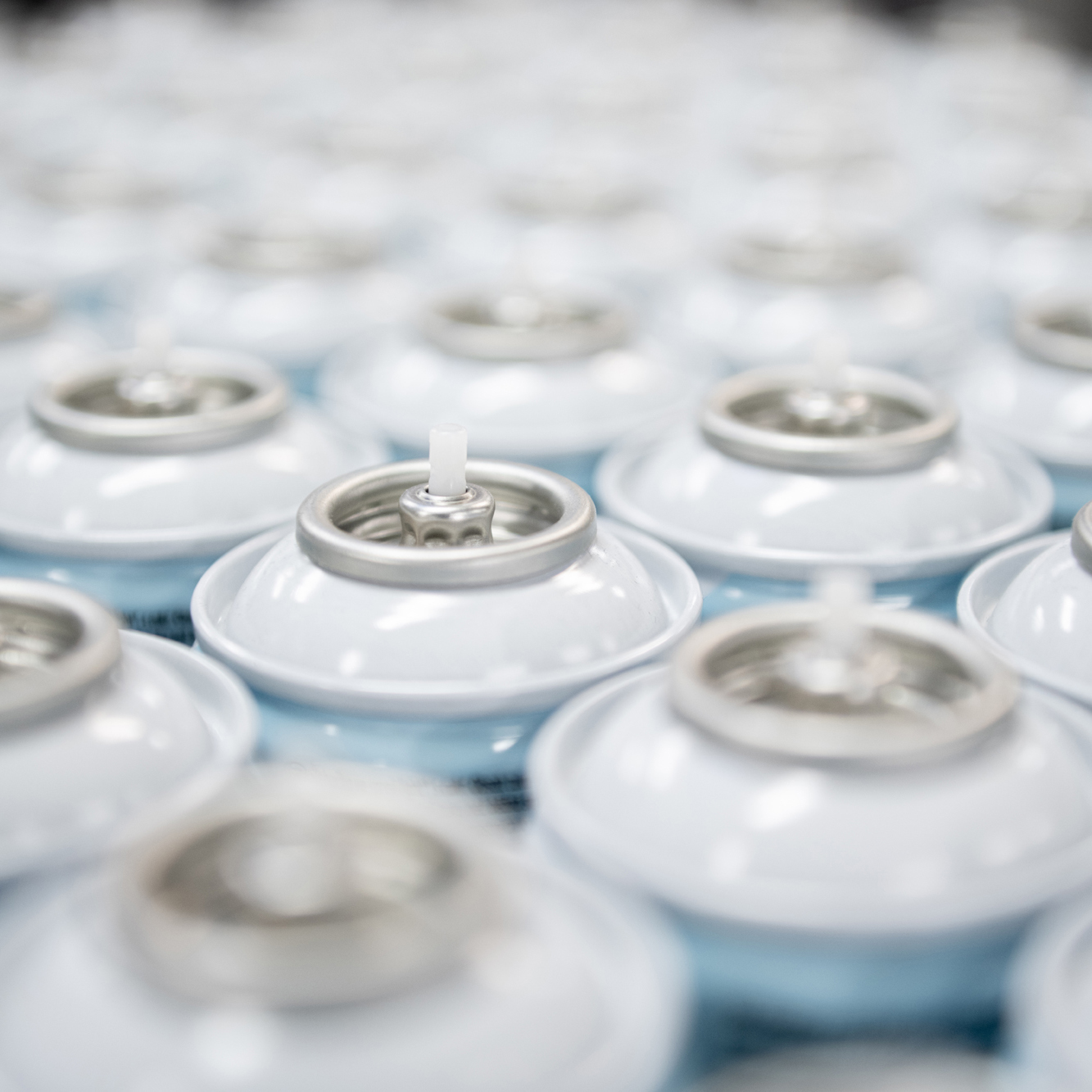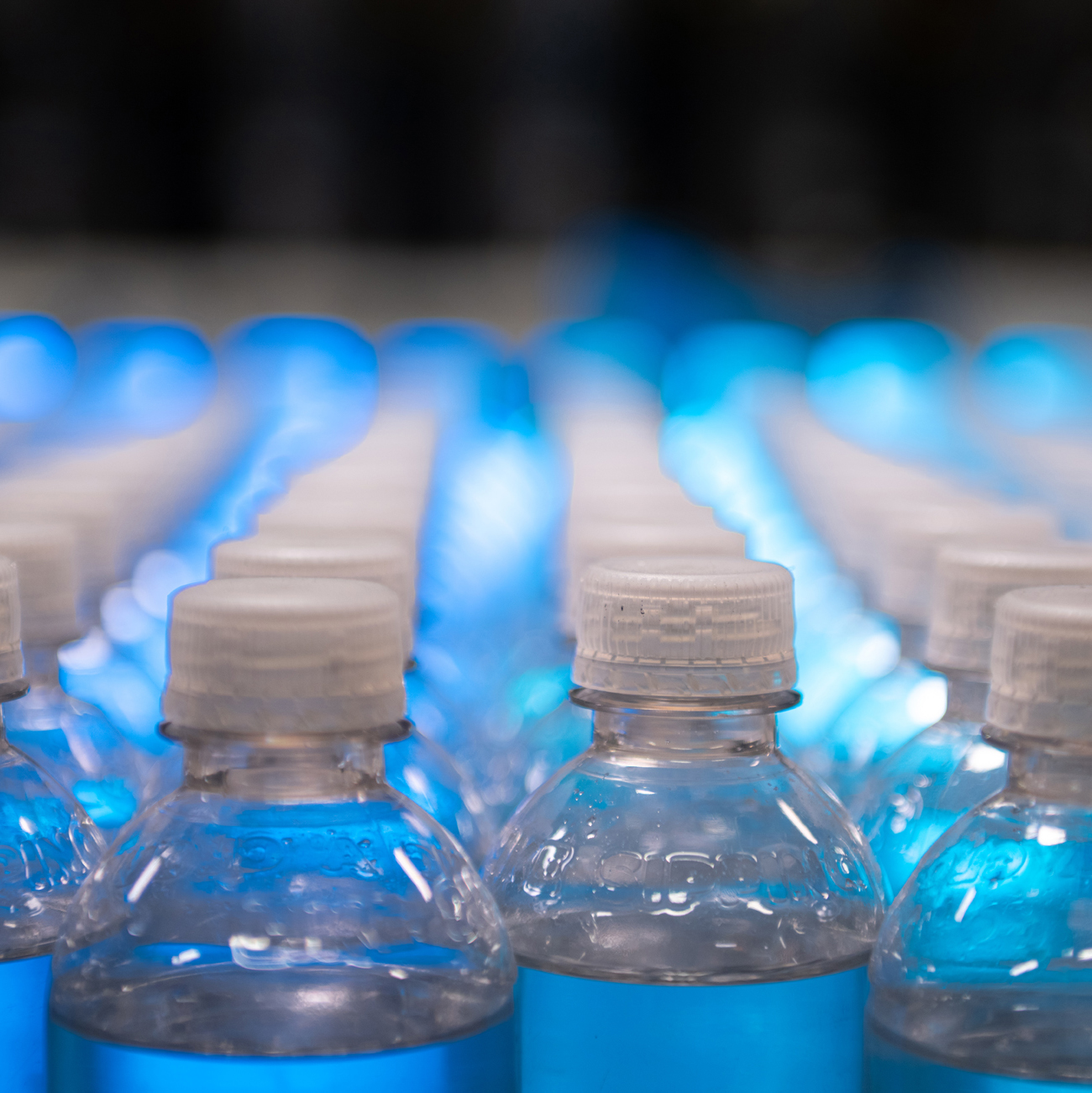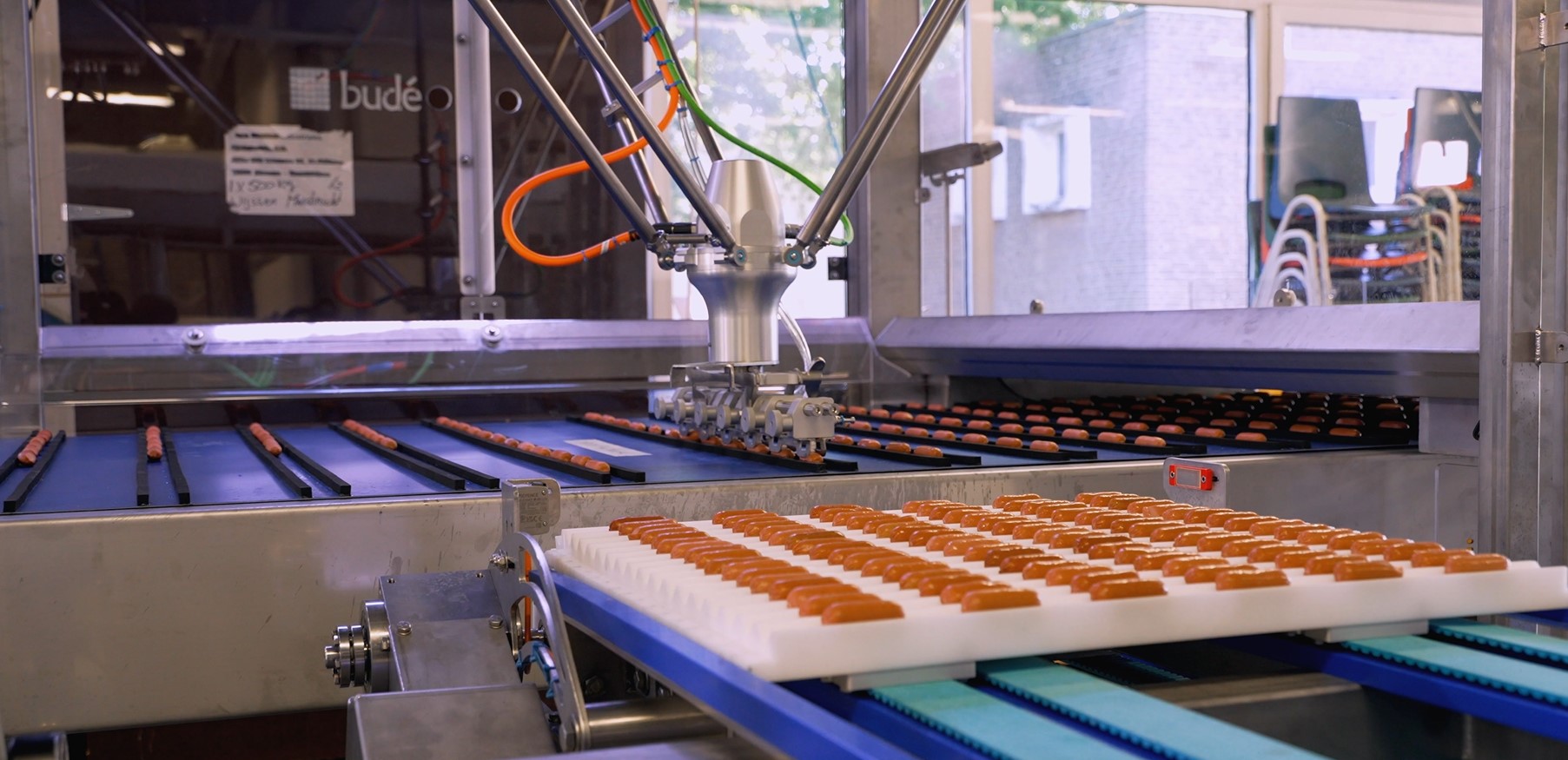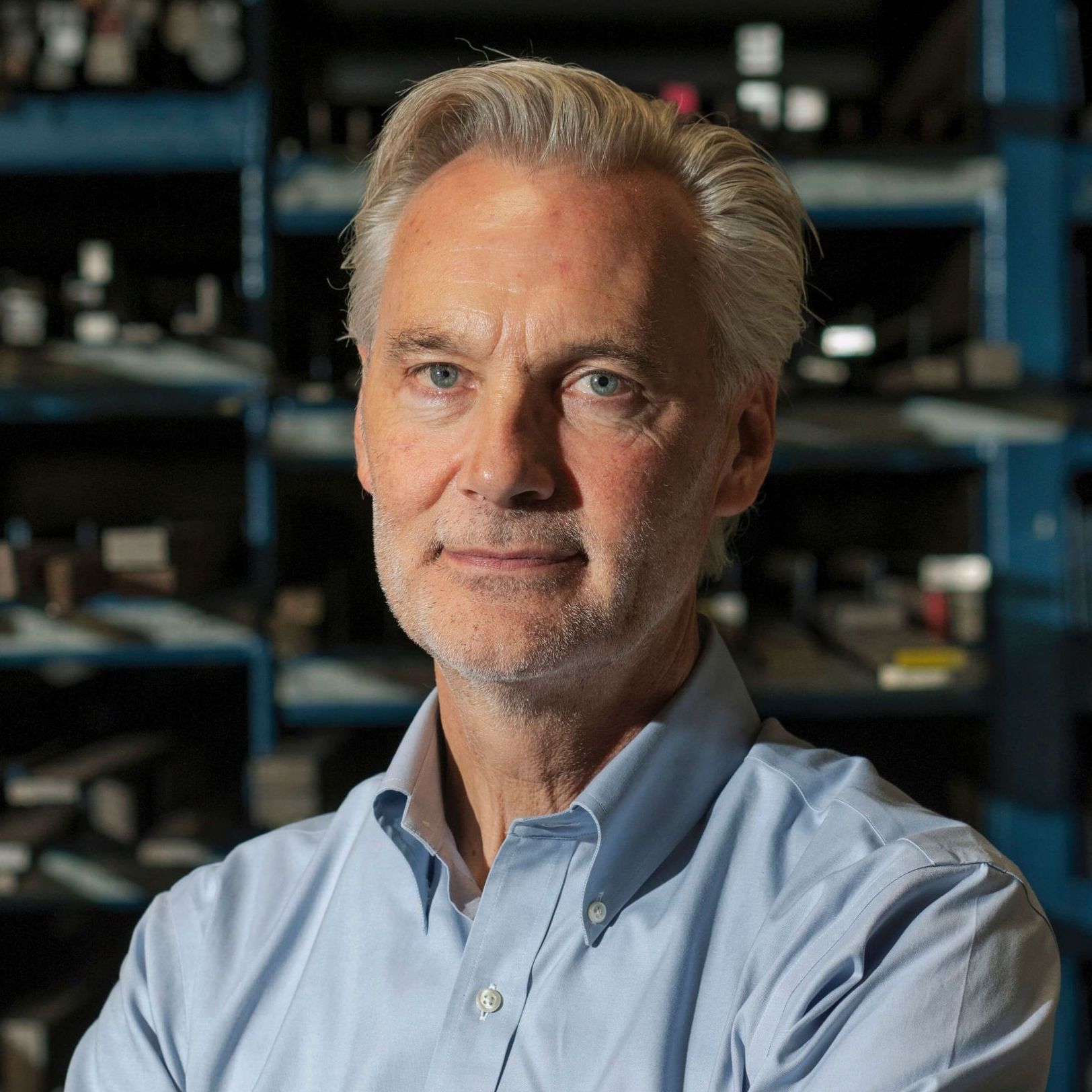The future of aerosol: Are you aware of the possibilities CO2 could offer as a propellant?
In most of my conversations with industry experts and aerosol veterans, there seems to be little doubt that the future of the aerosol industry is heading towards CO2 or maybe to put it differently moving away from volatile liquid gasses like butane and propane. Main driver is the climate concern related to these gasses as well as the risks and regulations that come with the use. Gas houses, stringent safety requirements, the constant fear of a disaster and the vast amount of administrative work associated with working with these explosive gases. So why is not everyone making the shift now?
As a Business Developer at Budé I ran into different groups of people. Specialists working for producers of aerosol products, contract fillers, or outsourcing companies. During these encounters I hear a lot of different arguments, such as “as a contract filler we do not get questions from our clients and therefore are reluctant to offer alternatives.” Or: “we have done it for many years and have learned to deal with the challenges, so why change?”
Probably the most heard argument is that liquid gases have a clear performance benefit when it comes to aerosols. The liquid gas acts like a solvent, it evaporates quickly which helps create a nice spray pattern and the pressure in the can remains constant as long as there is liquid gas in the can.
It is clear that work is needed when shifting from liquid gases to CO2 as it may require formulation changes, testing and looking at valves and diffusers. The biggest problem I recognize is that a lot of people I talk to are unaware of the possibilities CO2 could offer. It allows to create aerosols that are perceived environmentally friendly, work with higher pressures, could offer cost savings as CO2 is considered a low-cost gas and appears to be the only option when liquid gasses are not suitable for various reasons.





